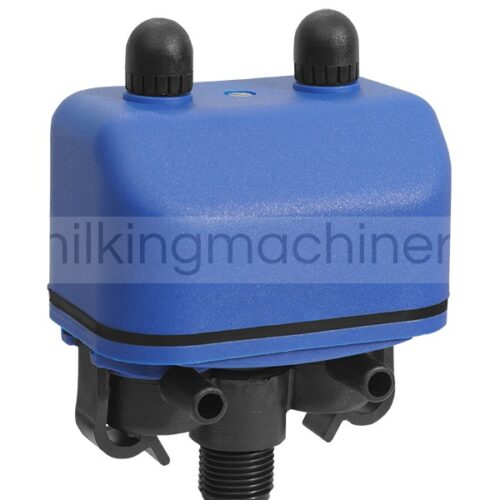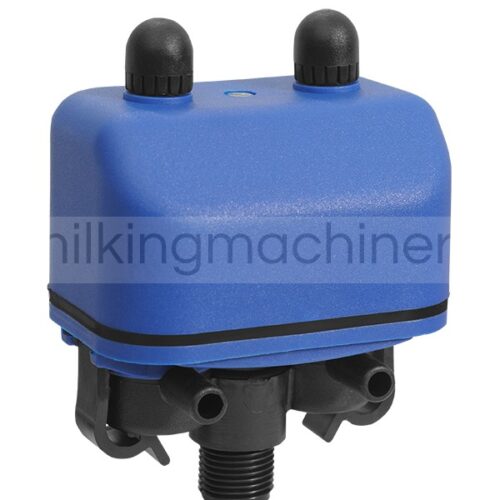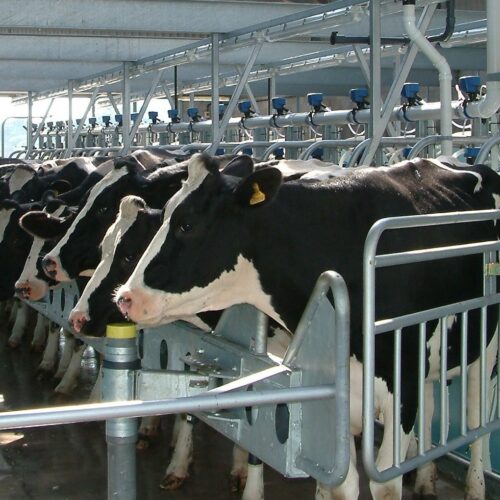A Herd Management System, also known as a Livestock Management System, is a set of practices, tools, and technologies used to efficiently and effectively manage a group of animals, known as a herd or flock. This system is commonly used in agriculture, particularly in livestock farming, to monitor, track, and optimize various aspects of animal husbandry. The primary goals of a herd management system are to enhance animal health and well-being, improve productivity, and streamline farm operations.
Key components and features of a Herd Management System may include:
- Animal Identification: Each animal in the herd is typically identified with a unique identifier, such as an ear tag, RFID (Radio-Frequency Identification) tag, or microchip. This allows for individual tracking and record-keeping.
- Health Monitoring: Regular health checks and monitoring of animals for signs of illness or distress. Any health issues can be promptly addressed to prevent the spread of disease and ensure animal welfare.
- Reproduction Management: Tracking the reproductive status of animals, managing breeding schedules, and monitoring pregnancy and calving/lambing/kidding seasons.
- Nutrition Management: Managing the feeding regimen, ensuring animals receive appropriate nutrition, and monitoring feed consumption to optimize growth and production.
- Milk Production (for dairy cattle): Monitoring milk yield, quality, and milking schedules for dairy cows.
- Weight and Growth Tracking: Regular weighing of animals to track growth and assess the effectiveness of nutrition and management practices.
- Data Recording: Keeping detailed records of each animal’s health history, vaccinations, breeding history, and other relevant information. These records can be digital or paper-based.
- Inventory Management: Tracking the number of animals in the herd, their age, sex, and other demographic data.
- Environmental Monitoring: Monitoring environmental conditions within the animal housing areas, including temperature, humidity, and ventilation, to ensure the comfort of the animals.
- Fertility Management: Managing artificial insemination, estrus synchronization, and fertility treatments to improve breeding efficiency.
- Disease Management: Implementing disease prevention measures, vaccination schedules, and quarantine protocols to minimize disease outbreaks.
- Labor Management: Optimizing labor allocation and tasks related to herd management.
- Data Analysis: Using data collected from the system to make informed decisions about herd health, reproduction, and overall management strategies.
- Alerts and Notifications: Automated alerts and notifications for critical events, such as a cow going into labor or an animal displaying signs of illness.
Modern Herd Management Systems often utilize digital technologies, including software applications and databases, to collect, store, and analyze data. This not only improves data accuracy but also allows for real-time monitoring and decision-making.
Efficient herd management is essential for the profitability and sustainability of livestock farming operations, as it helps maximize production while ensuring the welfare of the animals. It also plays a role in meeting regulatory requirements and maintaining food safety and traceability standards.













